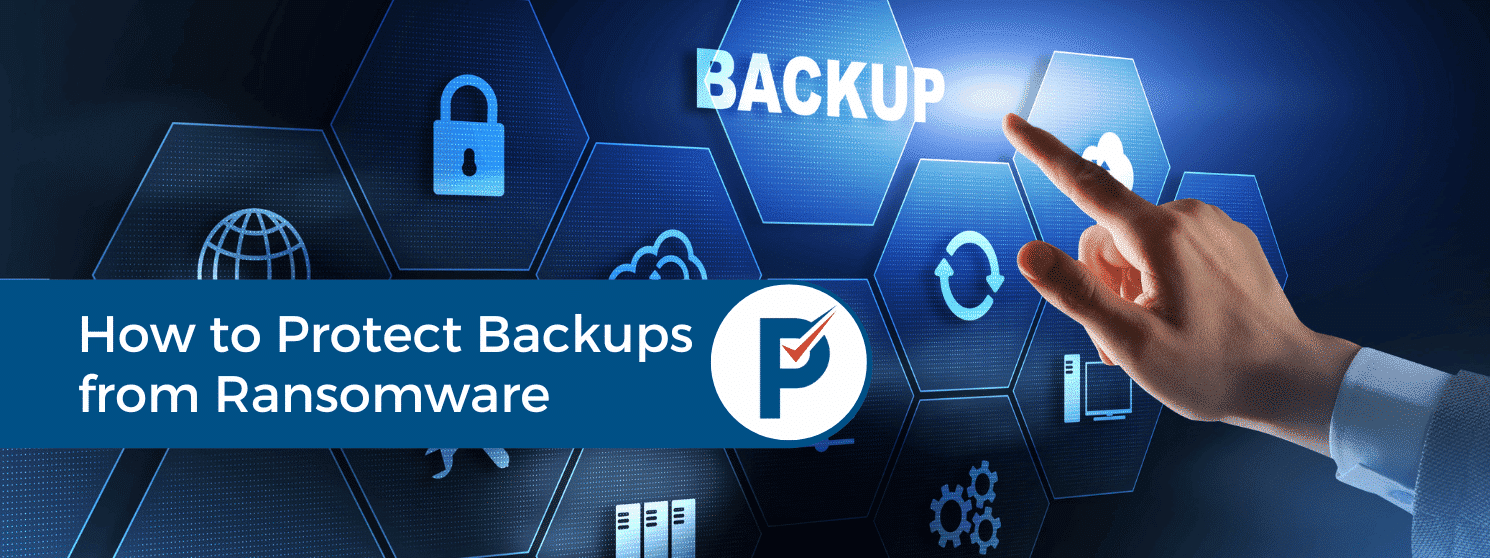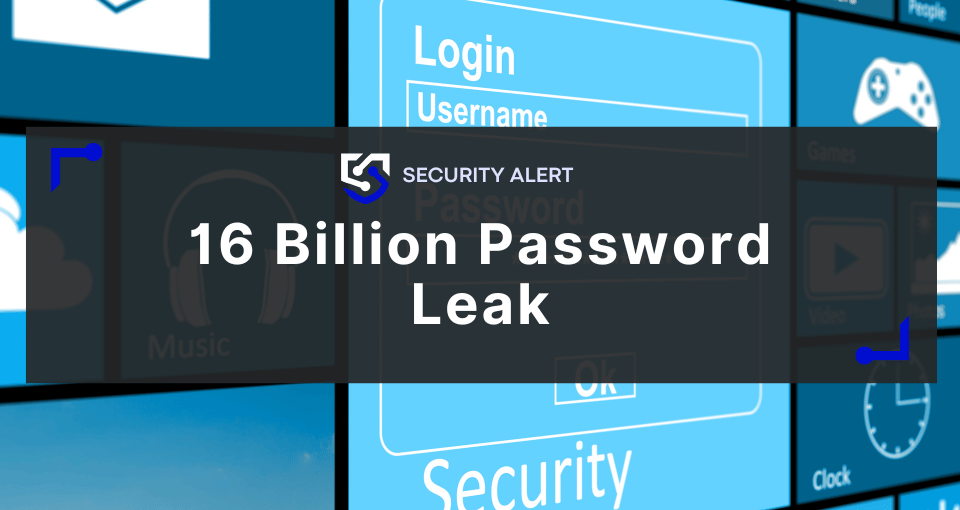Ransomware is a type of malware that encrypts your data and makes a ransom demand in exchange for the decryption key. Backup is the best way to recover data after a ransomware attack. However, there are ransomware attacks specifically targeting backups. So, how can you protect yourself from ransomware backup?
What is backup?
Backup is the process of creating copies of data that can be used to restore the original after a data loss event. It is an important part of any organization’s disaster recovery plan and allows companies to quickly restore lost data or systems in the event of a disaster. But individuals can also experience the benefits of backups. After all, your vacation photos, documents, and videos are as important as business data.
Backup solutions range from simple manual backups to sophisticated automated processes, depending on the size and complexity of the organization.
What is ransomware?
Ransomware is a type of malicious software (malware) that encrypts files on computers and other devices, making them inaccessible to the user.
It then demands payment, usually in the form of a cryptocurrency such as Bitcoin, to restore access to the encrypted files. It can also prevent users from accessing certain parts of their device or operating system.
How can you protect your backup from ransomware attacks
There are several backup good practices that will help individuals and organizations to protect their backups from ransomware.
Install antivirus and anti-malware software on all connected devices
Security software, such as anti-malware and antivirus, can block cyber attacks and protect your data. Make sure to keep the software updated so it can have information on new types of malware.
Keep at least one backup offline and off-site
An off-site backup can protect your data in case of natural disasters, for example. Meanwhile, an offline backup will prevent cyber threats from attacking your files.
Create endpoint protection on backup servers
Increasing your endpoint device security will provide the protection your backup needs to avoid ransomware.
Set up firewalls to block incoming threats
Firewalls, like antiviruses and anti-malware, create a protective layer on your devices and block external access and malicious files.
Enable strong authentication measures
There are several ways to create strong authentication, such as two-factor authentication or biometrics on all accounts and devices associated with backups.
Use encryption
You can encrypt your files when storing data in the cloud or on external storage devices to prevent unauthorized access.
Perform regular backups
Make sure you back up your data on a regular basis, such as weekly backups.
Keep software updated
Software updates add extra information to the program, such as stronger security protocols that prevent cyber threats.
Create a cybersecurity awareness environment
You can educate yourself and train the employees on cybersecurity best practices, as well as on how to handle backups. Also, only allow necessary people to have access to backups.
Test the backups
Make sure the backup is functional and has no corruption as soon as you create it.
What is a resilient backup?
Resilient backup is a term used to describe the process of creating backups that are resilient to potential security threats such as ransomware.
This involves taking regular backups of important data and documents in multiple locations so that in the event of an attack you can restore your data from another location.
The 1-2-3 backup method is one way to create multiple resilient backups, by having three copies of your data in different locations. This can help protect against data loss due to external events, like backup ransomware attacks.
What is the 1-2-3 backup method
The 1-2-3 backup is a method used to create multiple backups of data and documents in different locations.
Using this method, you create
One backup on your internal hard drive or cloud storage
- A second on an external hard drive
- And a third on a removable medium such as a USB flash drive
- At least one of those copies is off-site.
Having three copies of your data in different locations increases the chances that at least one copy will be available if files become corrupted or lost due to a backup ransomware attack.
How to recover my backup files after a ransomware attack
If you lost your backup to ransomware, you can contact our experts. With decades of experience recovering files from ransomware, our team can restore your files and prevent data corruption.
But, above all, DO NOT PAY THE RANSOM. Besides being illegal, you may not get the decryption key afterward.







